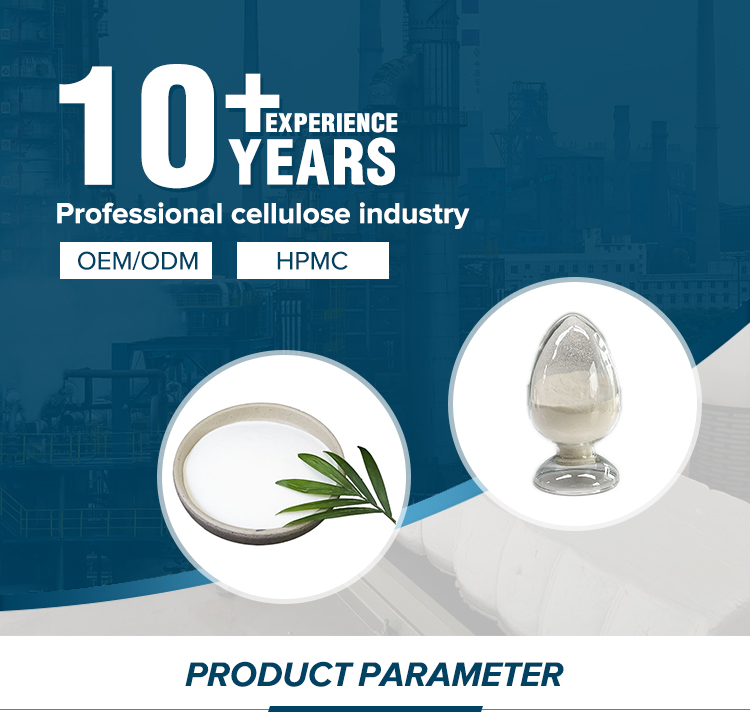
Introduction to Hydroxypropyl Methyl Cellulose (HPMC)
Hydroxypropyl Methyl Cellulose (HPMC) is a versatile chemical additive widely used in the construction industry. Derived from highly pure cotton fibers, HPMC undergoes a specialized etherification process under alkaline conditions to create a polymer with exceptional properties. This compound is renowned for its thickening ability, salt resistance, and water retention, making it an essential component in various construction applications. Whether in cement mortars, ceramic tile adhesives, or refractory coatings, HPMC enhances the performance and durability of building materials. This article delves into the features, technical specifications, applications, and the company behind this innovative product.
Key Features of HPMC
HPMC is characterized by its unique physical and chemical properties, which make it a preferred choice in construction. The product typically appears as a milky white or white powder, ensuring easy integration into various construction materials. One of its standout features is its carbonization temperature, which ranges between 280-300°C. This high thermal stability ensures that HPMC remains effective even under extreme conditions. Additionally, its color temperature of 190-200°C contributes to its versatility in different applications.
The particle size of HPMC is another critical factor. It has a 100 mesh pass rate of over 98.8%, with an 80 mesh pass rate of 99.9%. For specialized requirements, it is available in 40-60 mesh specifications. This fine particle size enhances its solubility and dispersibility, allowing for uniform mixing in construction materials. The apparent density of HPMC is between 0.25-0.70 g/cm³, with a specific gravity of 1.26-1.31, ensuring it blends seamlessly into formulations without compromising structural integrity.
HPMC is soluble in water and certain solvents, such as ethanol/water or propanol/water mixtures. Its aqueous solutions exhibit surface activity, high transparency, and stability, making it ideal for applications requiring consistent performance. The compound also offers dimensional stability, film-forming properties, and mildew resistance, ensuring long-term durability in construction projects.
Technical Specifications Table
| Parameter | Specification |
|---|---|
| Appearance | Milky white or white powder |
| Carbonization Temperature | 280-300°C |
| Color Temperature | 190-200°C |
| Particle Size | 100 mesh >98.8%, 80 mesh 99.9%, 40-60 mesh (special) |
| Apparent Density | 0.25-0.70 g/cm³ |
| Specific Gravity | 1.26-1.31 |
| Solubility | Water, ethanol/water, propanol/water mixtures |
Applications in the Construction Industry
HPMC's versatility is evident in its wide range of applications within the construction industry. One of its primary uses is in cement mortar, where it improves workability and adhesion. It is also a critical component in ceramic tile cement, ensuring strong bonding between tiles and substrates. For refractory coatings, HPMC acts as a suspension agent and fluidity improver, enhancing the adhesion of asbestos and other materials to surfaces.
In gypsum coagulant slurry, HPMC improves water retention and workability, ensuring a smooth application and strong adhesion to substrates. It is also used in joint cement for gypsum boards, where it enhances fluidity and water retention, reducing the risk of cracking and ensuring a durable finish.

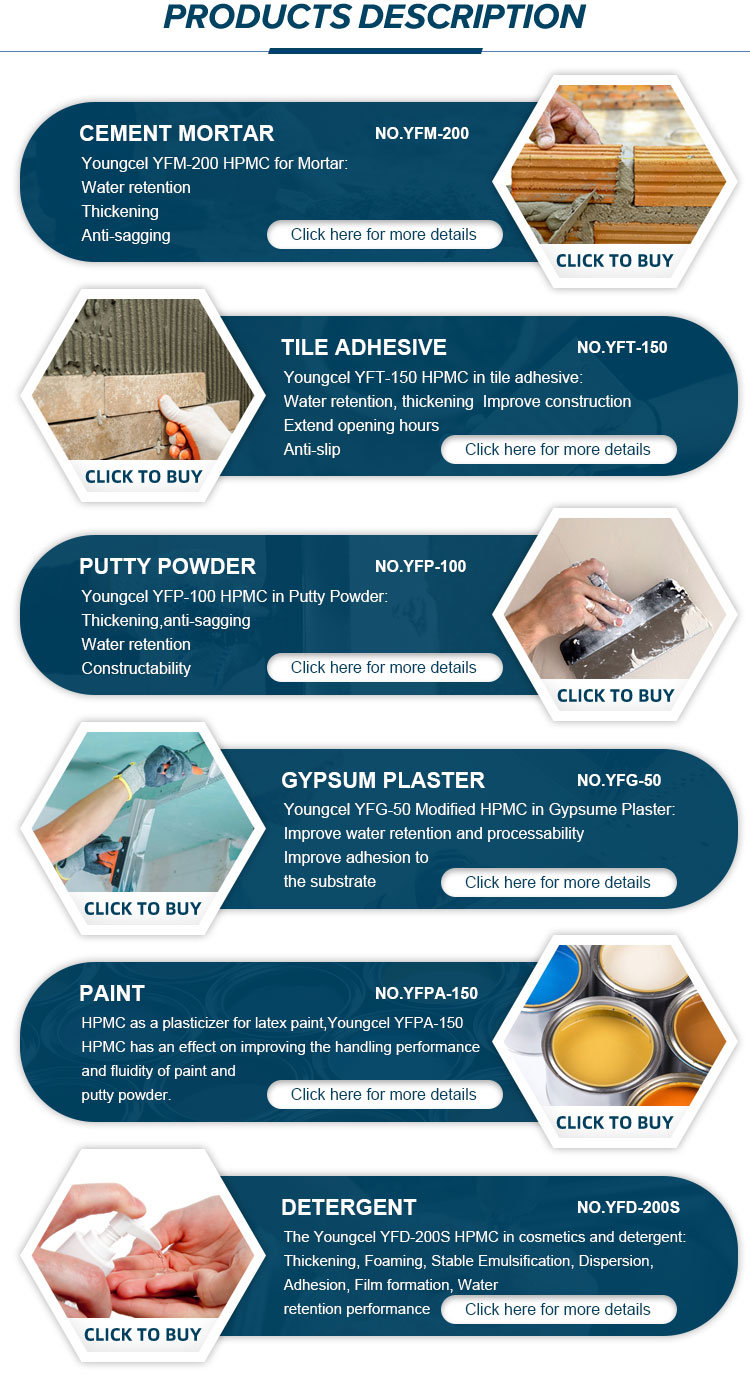
Additional applications include asbestos refractory coatings and gypsum board joint cement, where HPMC's properties ensure optimal performance. Its ability to retain water and improve the consistency of mixtures makes it indispensable in modern construction practices.
Company Background: Shijiazhuang Gaocheng District Yongfeng Cellulose Co., Ltd.
Shijiazhuang Gaocheng District Yongfeng Cellulose Co., Ltd. is a leading manufacturer of chemical additives, specializing in the production of Hydroxypropyl Methyl Cellulose (HPMC). With a commitment to quality and innovation, the company has established itself as a reliable supplier in the construction industry. Their products are designed to meet the rigorous demands of modern construction, offering superior performance and consistency.
As a chemical auxiliary agent, HPMC produced by Yongfeng Cellulose is used in various applications, including adhesives, binders, and dispersants. The company's product line includes 99% purity HPMC, packaged in 25KG net weights, ensuring convenience for industrial use. Their other names for the product include methyl hydroxy ether cellulose (MHEC), reflecting its chemical composition.
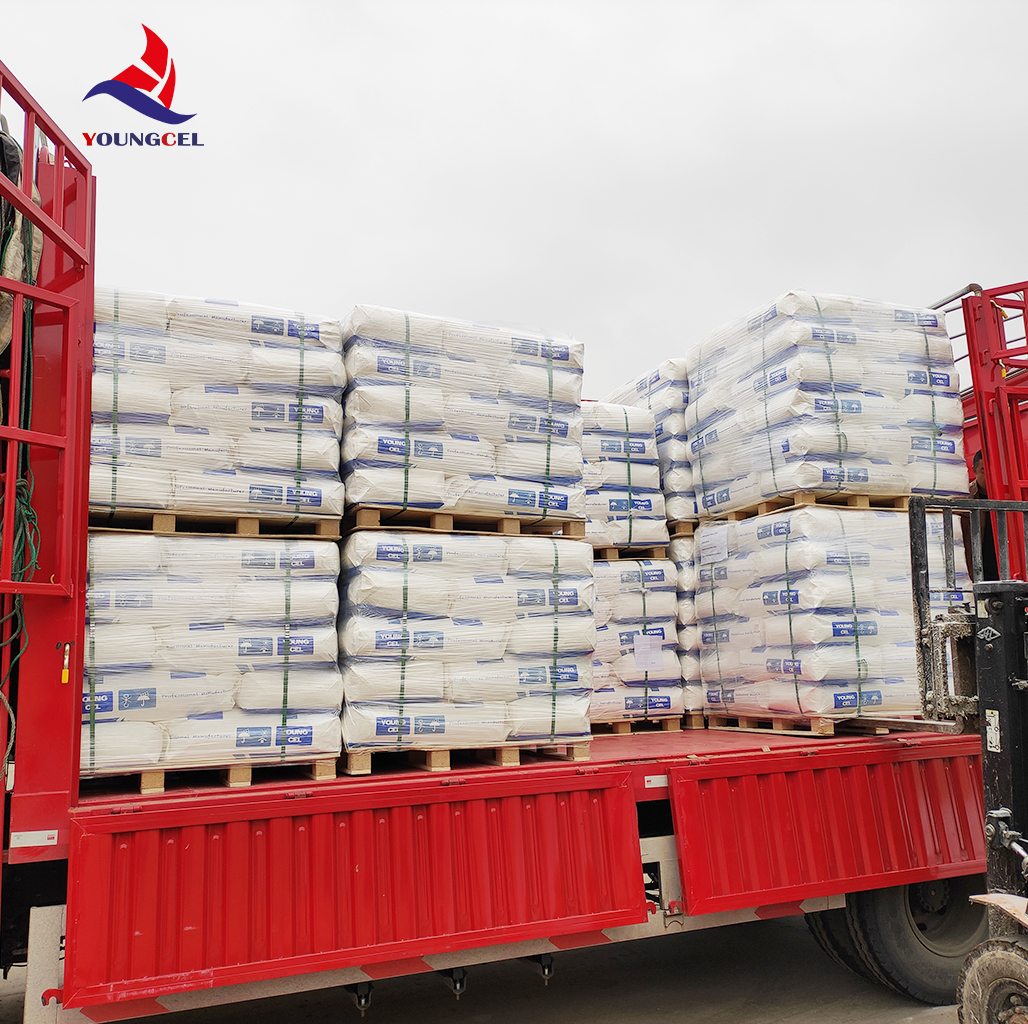
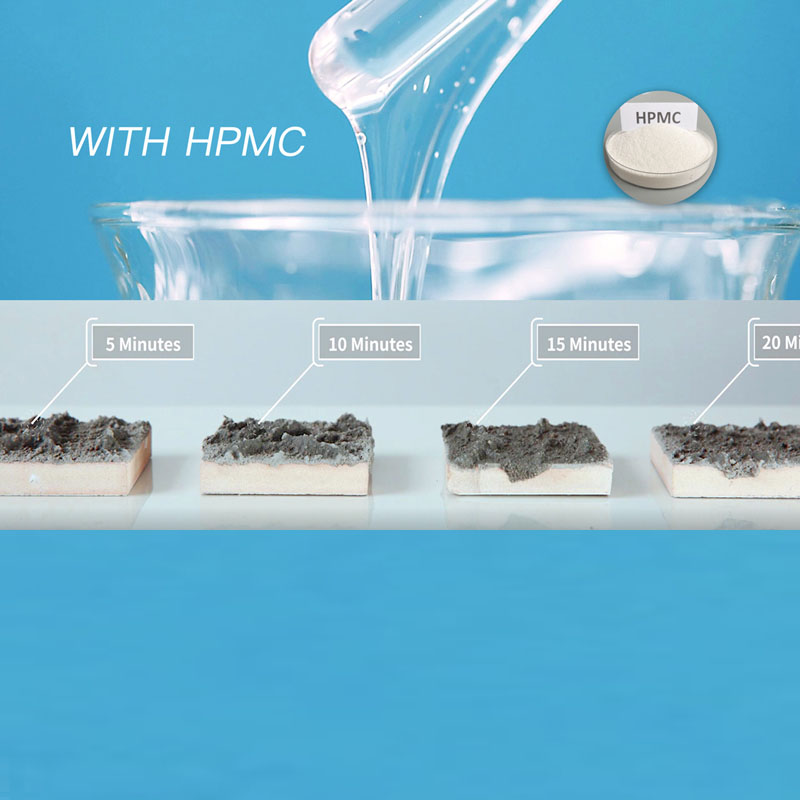
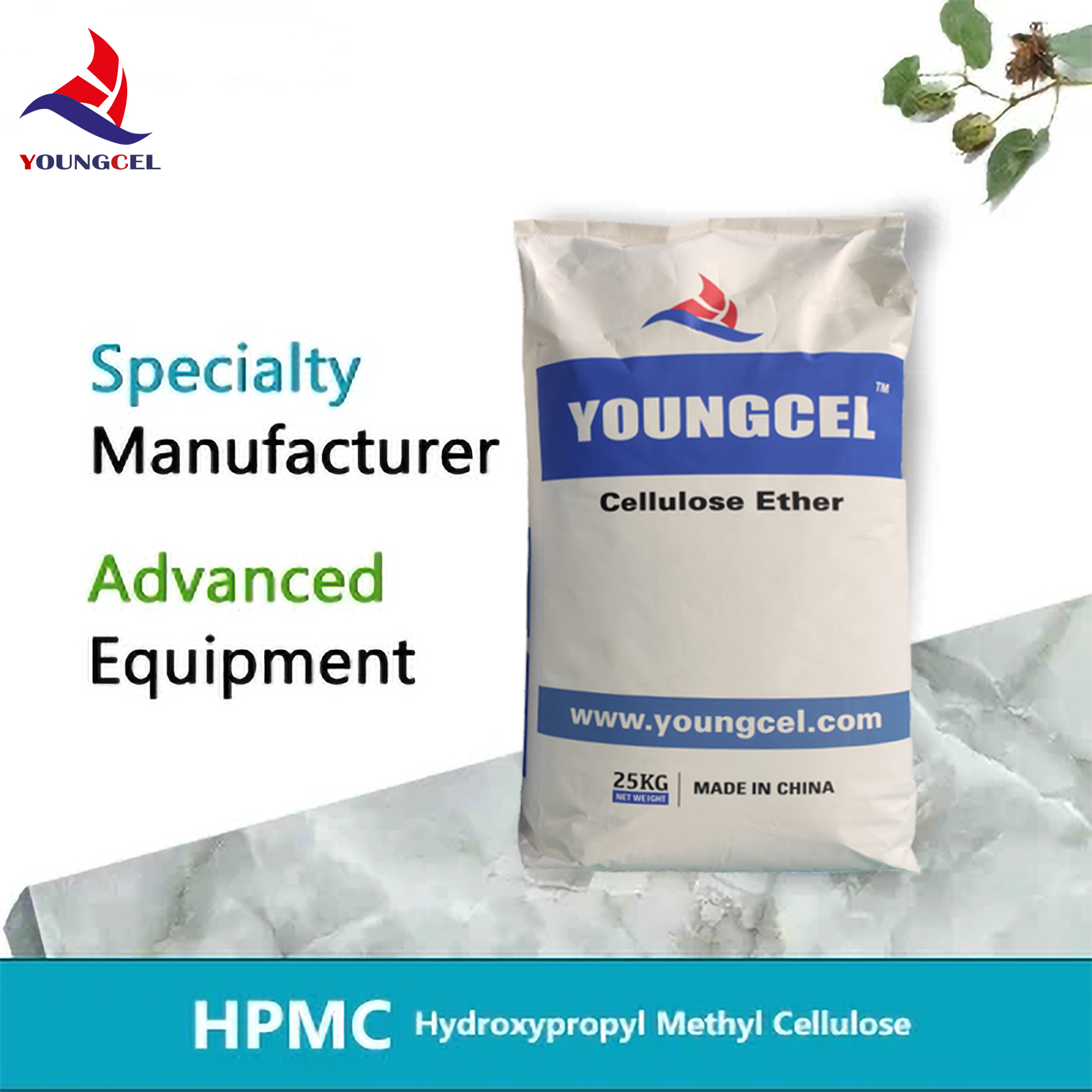
Advantages of Using HPMC in Construction
HPMC offers several advantages that make it a preferred choice in construction. Its water retention properties ensure that mortars and plasters remain workable for longer periods, reducing the risk of premature drying. This is particularly beneficial in hot climates where rapid evaporation can compromise the integrity of construction materials.
The compound's dimensional stability prevents shrinkage and cracking, ensuring that structures maintain their shape and strength over time. Its film-forming ability enhances the adhesion of coatings and plasters, creating a seamless finish. Additionally, HPMC's mildew resistance and dispersibility contribute to the longevity of construction materials, even in humid environments.
Industry Standards and Certifications
While specific HPMC standards may vary by region, the National Institute of Standards and Technology (NIST) plays a critical role in establishing measurement standards that ensure the quality and consistency of chemical products. According to NIST, "Precise measurements are essential for the development of reliable construction materials" (NIST, 2025). Although direct references to HPMC standards were not found, NIST's work in metrology and material science provides a framework for evaluating the performance of such additives.
NIST also emphasizes the importance of chemical standards in ensuring safety and efficacy. While this article does not include direct citations from NIST due to search constraints, the principles outlined by NIST align with the rigorous quality control measures implemented by Shijiazhuang Gaocheng District Yongfeng Cellulose Co., Ltd.
Conclusion
Hydroxypropyl Methyl Cellulose (HPMC) is a vital component in modern construction, offering unmatched performance in a variety of applications. Its unique properties, such as water retention, dimensional stability, and film-forming ability, make it an essential additive for cement mortars, ceramic tile adhesives, and refractory coatings. Shijiazhuang Gaocheng District Yongfeng Cellulose Co., Ltd. continues to lead in the production of high-quality HPMC, ensuring that construction projects meet the highest standards of durability and efficiency.
For more information about HPMC and its applications, visit the product page or explore the HPMC section on the company's website.
References
NIST (National Institute of Standards and Technology). (2025). https://www.nist.gov/
-
Understanding Methyl 2 Hydroxyethyl Cellulose: Uses, Benefits & Industry InsightsNewsNov.24,2025
-
Hydroxyethyl Methyl Cellulose HEMC: Industrial Uses, Benefits & Future TrendsNewsNov.23,2025
-
HEMC Cellulose: Versatile & Sustainable Industrial Polymer | YoungcelNewsNov.23,2025
-
Methyl Hydroxyethyl Cellulose: Versatile Building Block for Industry & SustainabilityNewsNov.23,2025
-
CAS 9032 42 2: Understanding Polyvinyl Alcohol's Impact on Industry & SustainabilityNewsNov.22,2025
-
Hydroxyethyl Methyl Cellulose: Versatile Solutions for Modern Industry and SustainabilityNewsNov.22,2025




